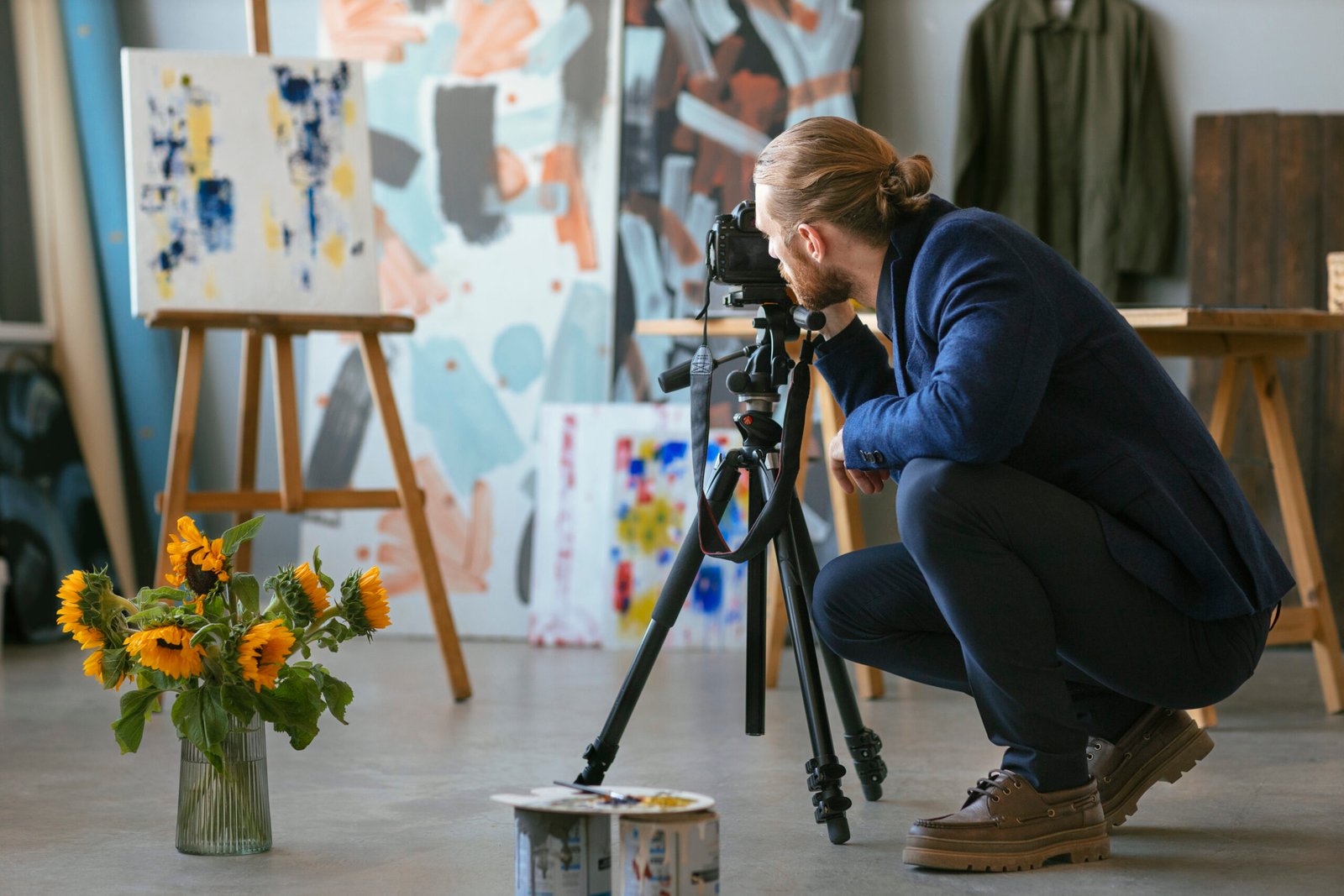The Influence of Photography on Modern Art
Photography has revolutionized the world of art, shaping modern aesthetics and techniques in profound ways. From its inception, photography has provided a new lens through which we perceive and interpret the world. This blog explores the journey of photography, its impact on artistic perception, and how it continues to evolve in the digital age.
The Birth of Photography
The invention of photography was a groundbreaking moment in history. The oldest known photograph, taken by Joseph Nicéphore Niépce in the early 19th century, marked the beginning of a new era in visual documentation. This earliest photograph, titled “View from the Window at Le Gras,” captured the world in a way that had never been seen before. It paved the way for photography to become a vital tool for artists, allowing them to document reality with unprecedented accuracy and detail.
Photography’s Impact on Artistic Perception and Techniques
Photography altered artistic perception by introducing new ways to capture light, shadow, and perspective. Artists began to experiment with these elements, leading to innovative techniques that blended traditional art forms with photographic realism.
The camera’s ability to freeze moments in time influenced painters like Edgar Degas and Edvard Munch, who incorporated photographic qualities into their work, such as dynamic compositions and unusual angles.
Photography as a Medium of Art
As photography evolved, it was not only a tool for documenting reality but also became an art form in its own right. Pioneers like Alfred Stieglitz and Ansel Adams elevated photography to high art through their creative compositions and technical mastery.
They demonstrated that photographs could convey emotions, tell stories, and evoke the same responses as traditional art forms. This recognition paved the way for photography to be accepted and celebrated in galleries and museums worldwide.
The Digital Revolution and Photography
The advent of digital technology brought about a new revolution in photography. Digital cameras, smartphones, and editing software have made photography more accessible than ever. Alongside this technological advancement, platforms like online scrapbook sites and virtual scrapbook tools have emerged, providing new ways to curate and share photographic art. These platforms allow individuals to create personal collections of images, preserving memories and artistic creations in a digital format.
Online scrapbook sites, in particular, have transformed how we engage with photography. They offer a space for both amateur and professional photographers to showcase their work, collaborate on projects, and receive feedback from a global audience.
This digital curation has democratized art, enabling more people to participate in the creative process and share their perspectives.
FAQs About Photography
What is the significance of the oldest known photograph?
The oldest known photograph, taken by Joseph Nicéphore Niépce in the early 19th century, is significant because it marked the beginning of a new era in visual documentation.
Titled “View from the Window at Le Gras,” this photograph captured the world with unprecedented accuracy and detail, paving the way for photography to become a vital tool for artists and a powerful medium of artistic expression.
How did photography influence traditional art forms?
Photography influenced traditional art forms by introducing new ways to capture light, shadow, and perspective. Artists began to experiment with these elements, leading to innovative techniques that blended photographic realism with traditional art forms.
Painters like Edgar Degas and Edvard Munch were influenced by photography, incorporating dynamic compositions and unusual angles into their work.
Who were some of the pioneers that elevated photography to an art form?
Pioneers like Alfred Stieglitz and Ansel Adams played crucial roles in elevating photography to an art form. Through their creative compositions and technical mastery, they demonstrated that photographs could convey emotions, tell stories, and evoke responses similar to traditional art forms.
Their work helped photography gain acceptance and recognition in galleries and museums worldwide.
How has digital technology impacted the field of photography?
Digital technology has revolutionized photography by making it more accessible than ever. Digital cameras, smartphones, and editing software have democratized photography, allowing more people to engage in the creative process.
Platforms like online scrapbook sites and virtual scrapbook tools have emerged, enabling photographers to curate and share their work digitally, collaborate on projects, and receive feedback from a global audience.
What role do online scrapbook sites play in modern photography?
Online scrapbook sites play a significant role in modern photography by providing a platform for both amateur and professional photographers to showcase their work. These sites allow users to create personal collections of images, preserving memories and artistic creations in a digital format.
They also facilitate collaboration, feedback, and the sharing of photographic art, thereby democratizing the art world and enabling wider participation in the creative process.
Conclusion
Photography’s influence on modern art is undeniable. From its early days with the oldest known photograph to the contemporary era of online scrapbook sites, photography has continuously reshaped artistic practices and perceptions. It has bridged the gap between documentation and artistic expression, allowing us to capture and share our world in once unimaginable ways.
As technology continues to evolve, so too will the role of photography in the art world, ensuring its place as a dynamic and ever-evolving medium.














Post Comment